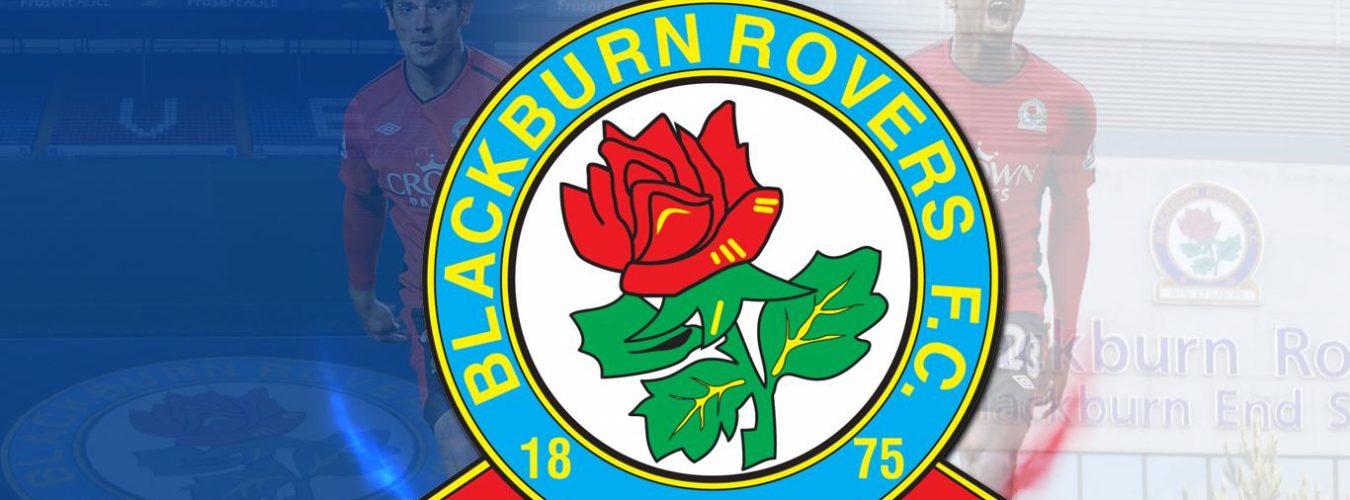Article by Simon Haughtone
The market town of Chorley, near the south border of Lancashire, northeast of Liverpool has been inhabited since the Bronze Age, 3500 years ago. However, it reached its greatest prosperity as a cotton town in the 19th century, during the heyday of the British Empire. Today it is a bright, clean town with much to recommend it as a base for exploring the moors and nearby Manchester, Liverpool and Blackpool.
Located on the M61 roadway south of Preston, Chorley has benefited greatly from urban renewal while maintaining its independence from the larger cities of Preston and Leyland, a plan to amalgamate all three having fallen by the wayside. It will grow in population when the Buckshaw Village complex is completed on the grounds of a former munitions factory used during WWII.
Chorley received its first market charter in 1250. This meant it could conduct business and keep the profits to improve the town’s buildings and services, donating only a small percentage to the local lord. Since 1498, the Chorley markets have done brisk business. Two large markets, the Flat Iron Market and the Covered Market, are open daily to a wide range of vendors in produce, housewares and other small goods.
Chorley has two gourmet claims to fame: the first being several fine varieties of Lancashire cheese, produced and sold locally, and a dessert, Chorley cake. Resembling the better-known Eccles cake, it is substantially different. Its currant stuffing is placed between two unsweetened flat cakes of shortbread. The result is a cake that is less sticky and easier to eat in the hand than an Eccles cake. Chorley cake is generally served with Lancashire cheese at teatime.
A visit to Chorley would thrill many soccer fans, as five of England’s Premier League football teams have their pitches within a half-hour drive: Manchester United, Wigan, Bolton Wanderers, and Blackburn Rovers.
About the Author
For accommodation in Chorley check this list of Chorley hotels.
